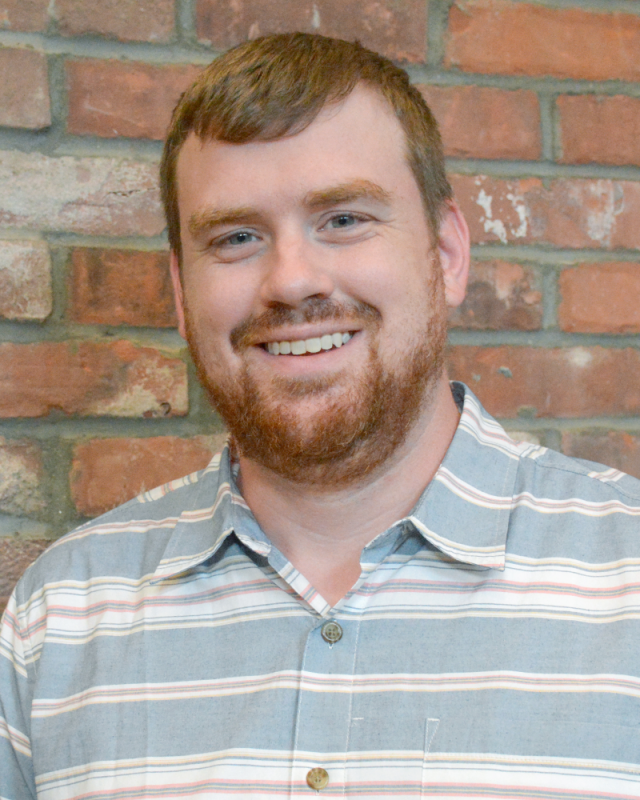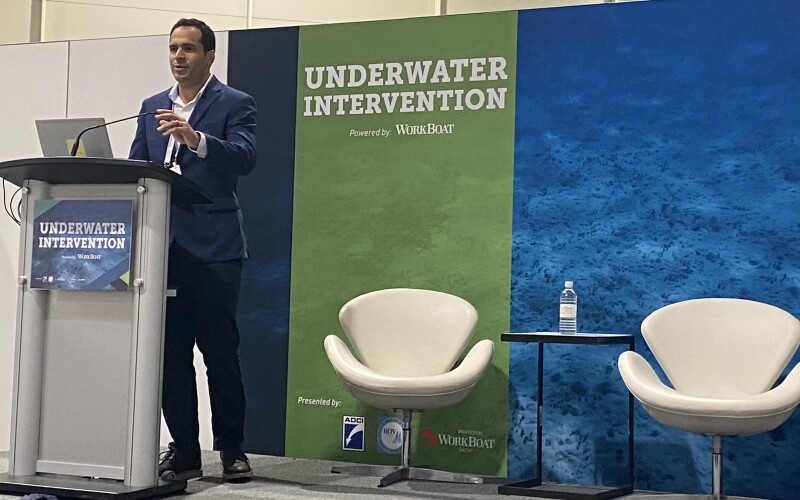Almost 20,000 years ago, humans migrated to the Americas as the species expanded its presence around the planet. Exactly how that migration occured and the routes taken, remain a mystery today. But work is being done to unlock the secrets of humanity’s early days.
One project to try and solve these mysteries, specifically in southeastern Alaska, was enabled in part by Sunfish Inc. and its autonomous unmanned underwater vehicle (AUV) Sunfish. This mission, which was supported by a NOAA Ocean Exploration Grant, was the subject of a panel session led by Sunfish CEO Albert Lopez at Underwater Intervention at the International WorkBoat Show today.
To narrow down possible exploration locations, they relied heavily on previously established hypotheses as well as oral histories passed down through indigenous communities. They landed on southeastern Alaska as the place where they would base their exploration.
“One strong hypothesis is that they took this coastal route called the Kelp Highway [a theory which speculates humans migrated along the coast of the Pacific Rim of northeastern Asia, to the Bering Strait region, down to southern South America] because it's an ecological bridge route,” Lopez said. “It was done in stages. First, there was the continent stage where people lived in East Asia, around Japan, then the stage where they lived in Alaska. It’s just a hypothesis, but you need evidence, right? A good marine archeologist always needs evidence.”
That’s where the exploration, real-time mapping, and data collection from the Sunfish comes in. The AUV is a lightweight, person-portable vehicle with six degrees of freedom, weighing 60 kg with dimensions of 1.64m x 0.47m x 0.22m. It’s capable of multiple forms of autonomy, from full autonomy, to scripted (i.e., mapping a pre-planned path), supervised (i.e., attached to a tether with the ability to control from a base center when necessary), and remotely operational. Equipped with multibeam simultaneous localization and mapping (SLAM)-based sonar system as well as high-definition cameras and lights, Sunfish collects data and is able to quickly transmit that data back to the operational base via fiber cable.
In his presentation, Lopez showed off some of the data they collected during the mission, finding evidence of potential human civilization by detecting caves and overarching cliffs, both of which would be places in which ancient humans would settle. Once those areas were detected, Sunfish was able to be deployed in those areas to map them in more detail and in real-time, sending back accurate point clouds which are then processed into more detailed maps. As part of the project, they also collected sediment samples using both the AUV and divers.
In addition to this archeological work, Lopez said there are other use cases for Sunfish, with its ideal use being confined overhead environments.
“This is a really nice application, to find rock shelters and things like that,” Lopez said. “We also put the AUV within aquifers to do water quality inspections and surveys. For example, we have support in northern Florida with the state to survey all the aquifers and to map nitrate sensors, which is a huge water quality issue.”
For this project, Sunfish was able to accurately map several areas around the southeastern coast of Alaska to find caves and rock shelters, potentially getting us closer to unlocking the mystery of how humanity spread, specifically throughout the Americas.




